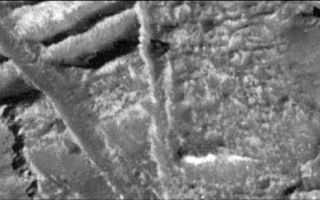
Jupiter_Europe_2.jpg
|
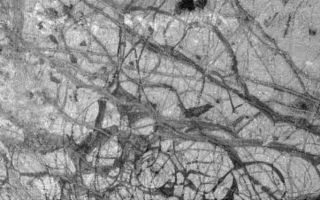
Jupiter_Europe_3.jpg
|
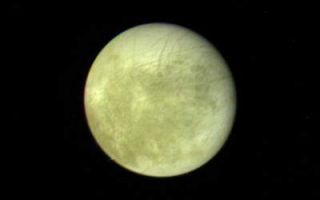
PIA00016: Europa - Full Disk
|
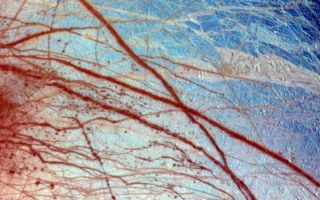
PIA00275: Europa In Color
|
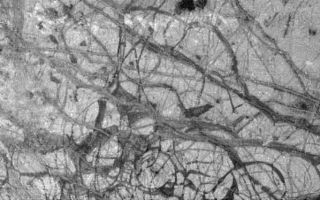
PIA00291: Europa's Broken Ice
|
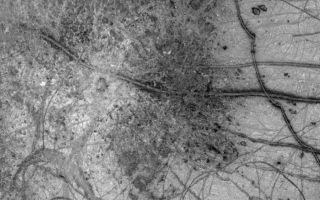
PIA00294: Europa's Active Surface
|
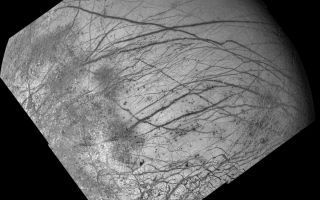
PIA00295: Dark Bands on Europa
|
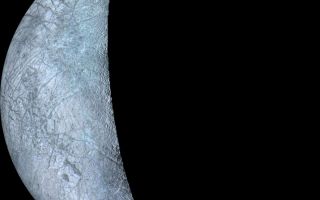
PIA00325: Europa Crescent
|
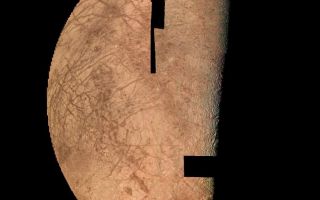
PIA00366: Europa - Mosaic
|
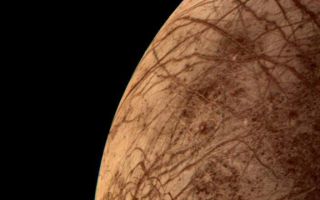
PIA00459: Europa During Voyager 2 Closest Approach
|
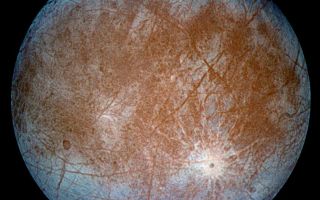
PIA00502-bis.jpg
|
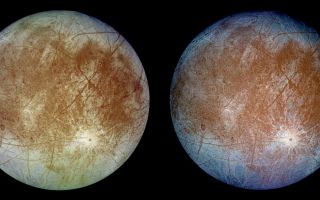
PIA00502: Natural and False Color Views of Europa
|
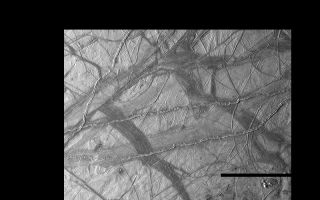
PIA00518: Ridges on Europa
|
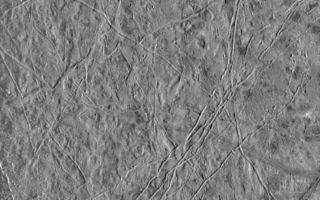
PIA00539: Jupiter's Icy Satellite Europa
|
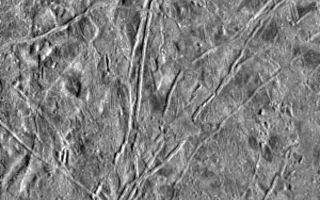
PIA00540: Flows on Europa
|
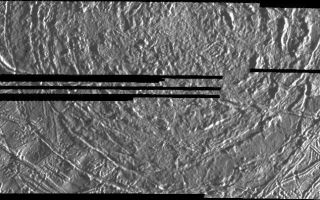
PIA00541: Macula on Europa
|
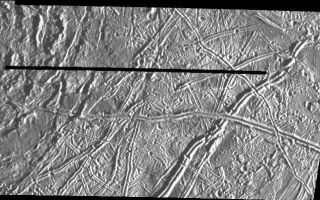
PIA00542: Prominent Doublet Ridges on Europa
|
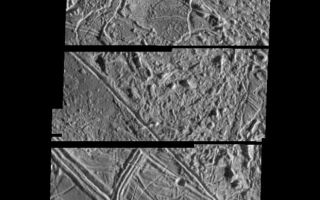
PIA00543: Structurally Complex Surface of Europa
|
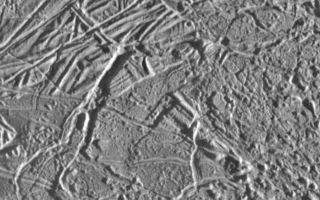
PIA00544: Ridges on Europa
|
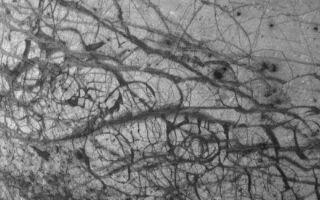
PIA00578: Europa Ice Floes
|
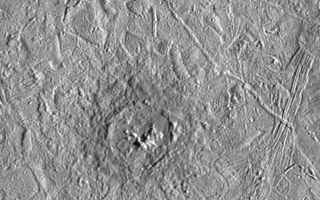
PIA00586: Pwyll Crater on Europa
|
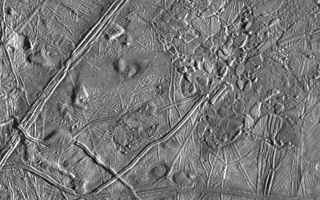
PIA00587: Close-up of Europa's Trailing Hemisphere
|
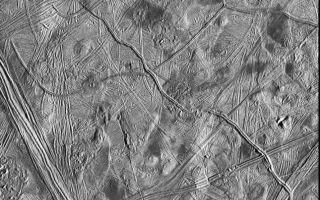
PIA00588: Europa Ridges, Hills and Domes
|
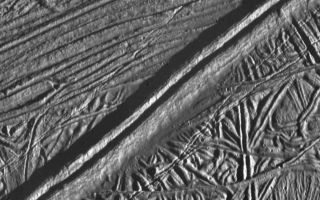
PIA00589: Mosaic of Europa's Ridges, Craters
|
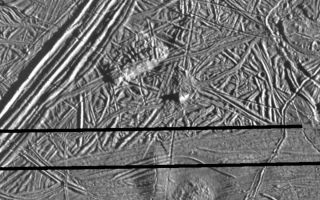
PIA00590: Europa Triple Band
|
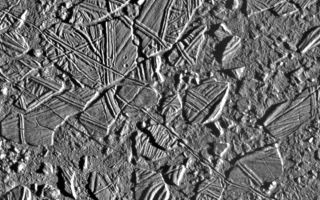
PIA00591: Europa Ice Rafts
|
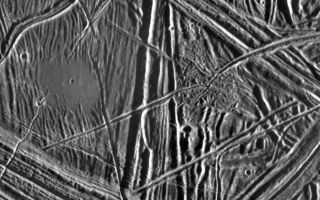
PIA00592: Close-up of Europa's Surface
|
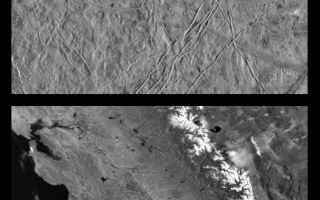
PIA00595: Icy Europa and similar scales on Earth
|
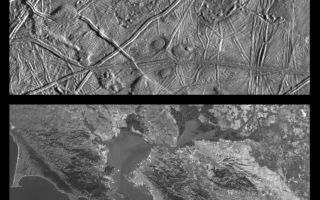
PIA00596: Close-up of Europa's Trailing Hemisphere and similar scales on Earth
|
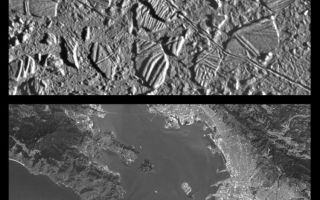
PIA00597: Europa Ice Rafts and similar scales on Earth
|